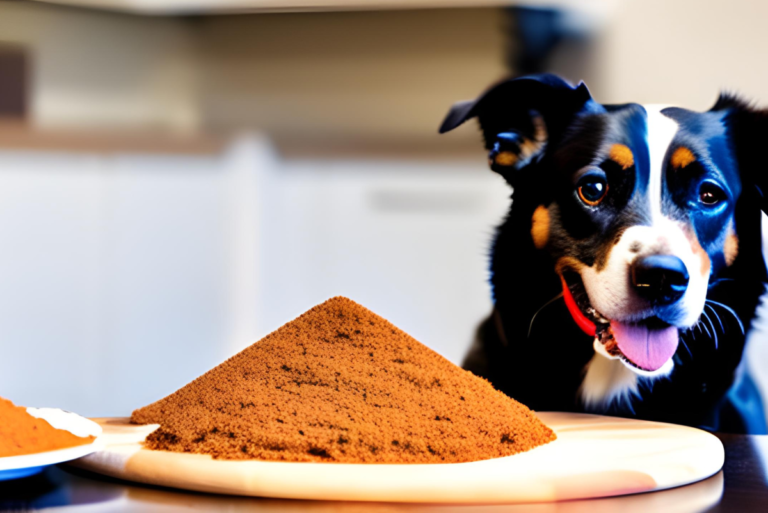How to Switch Your Labrador Puppy to Adult Food

Transitioning your Labrador puppy from puppy food to adult food is a crucial step in their development. This guide will help you understand the timing, process, and best practices to ensure a smooth and successful switch. Properly managing this transition will support your Labrador’s ongoing health and well-being.
1.Understanding the Nutritional Needs of Labrador Puppies vs. Adults
A. Puppy Nutritional Requirements
Labrador puppies have different nutritional requirements than adult dogs.. They require higher levels of protein, fat, and calories to support their rapid growth and development. Key nutrients for puppies include:
- Protein: Essential for muscle development and growth.
- Fat: Provides energy and supports brain development.
- Calcium: Vital for bone development.
- DHA: Supports cognitive development and vision.
B. Adult Nutritional Requirements
As your Labrador matures, their nutritional needs shift. Adult Labradors require a balanced diet that maintains health without promoting excessive weight gain. Key changes include:
- Reduced Calories: To prevent obesity as growth slows.
- Balanced Nutrients: Focus on maintaining weight and overall health.
- Moderate Protein: To support muscle maintenance without overloading.
2.Timing the Transition: When to Switch from Puppy Food to Adult Food
A. Ideal Age Range for Transition
The best time to switch your Labrador from puppy to adult food is usually between 12-18 months, but it may vary depending on:
- Breed Size: Larger breeds may need to transition closer to 18 months, while smaller breeds might switch earlier.
- Individual Growth Patterns: Monitor your puppy’s growth and development to determine the right time.
B. Signs Your Puppy is Ready for Adult Food
Look for these signs to determine if your Labrador is ready for the switch:
- Stable Growth: Your puppy has reached their adult size.
- Reduced Growth Rate: Growth has slowed significantly.
- Mature Teeth and Coat: Indicators of nearing adulthood.
3.Preparing for the Transition
A. Choosing the Right Adult Food
Selecting the right adult food is crucial. Look for:
- High-Quality Ingredients: Ensure the food contains real meat and no fillers.
- Nutritional Balance: The food should meet AAFCO standards for adult dogs.
- Specific Needs: Choose food tailored to your Labrador’s health and activity level.
B. Consulting Your Veterinarian
Before making any changes, consult your veterinarian. They can provide:
- Personalized Advice: Based on your Labrador’s health, activity level, and dietary needs.
- Food Recommendations: Suggest high-quality brands that meet adult nutritional requirements.
4.Step-by-Step Transition Process
A. Gradual Introduction
A gradual transition helps prevent digestive upset. Follow this schedule:
- Days 1-3: Mix 25% adult food with 75% puppy food.
- Days 4-6: Mix 50% adult food with 50% puppy food.
- Days 7-9: Mix 75% adult food with 25% puppy food.
- Day 10: Fully transition to adult food.
B. Monitoring Your Puppy’s Response
Observe your Labrador for any signs of discomfort or digestive issues. Common observations include:
- Stool Consistency: Ensure stools remain firm and normal.
- Appetite Changes: Notice if there’s less interest in food or a sudden drop in appetite.
5.Common Challenges and How to Address Them
A. Digestive Upset
Minor digestive issues may occur. To address them:
- Slow Transition: Ensure a gradual switch to minimize disruptions.
- Consult Your Vet: If problems persist, seek professional advice.
B. Picky Eating
If your Labrador is reluctant to eat the new food:
- Food Enhancers: Add healthy toppers like plain yogurt or a bit of low-sodium broth.
- Consistency: Avoid offering too many treats or alternatives that could disrupt the transition.
6.Long-Term Considerations
A. Regular Monitoring
After the transition, keep an eye on:
- Weight: Ensure your Labrador maintains a healthy weight.
- Health: Monitor for any health issues or changes in behavior.
B. Maintaining a Balanced Diet
A balanced diet is key to keeping your Labrador healthy over the long term.
- Review Diets Regularly: Adjust food types and portions based on life stage and activity level.
- Regular Vet Visits: Schedule check-ups to ensure ongoing health and nutritional balance.
Conclusion
Successfully transitioning your Labrador puppy to adult food requires careful planning and monitoring. By understanding the nutritional needs of puppies versus adults, timing the transition correctly, and managing common challenges, you can ensure a smooth switch.Seek your vet’s guidance for tailored advice and keep an eye on your Labrador’s health to ensure their well-being.



